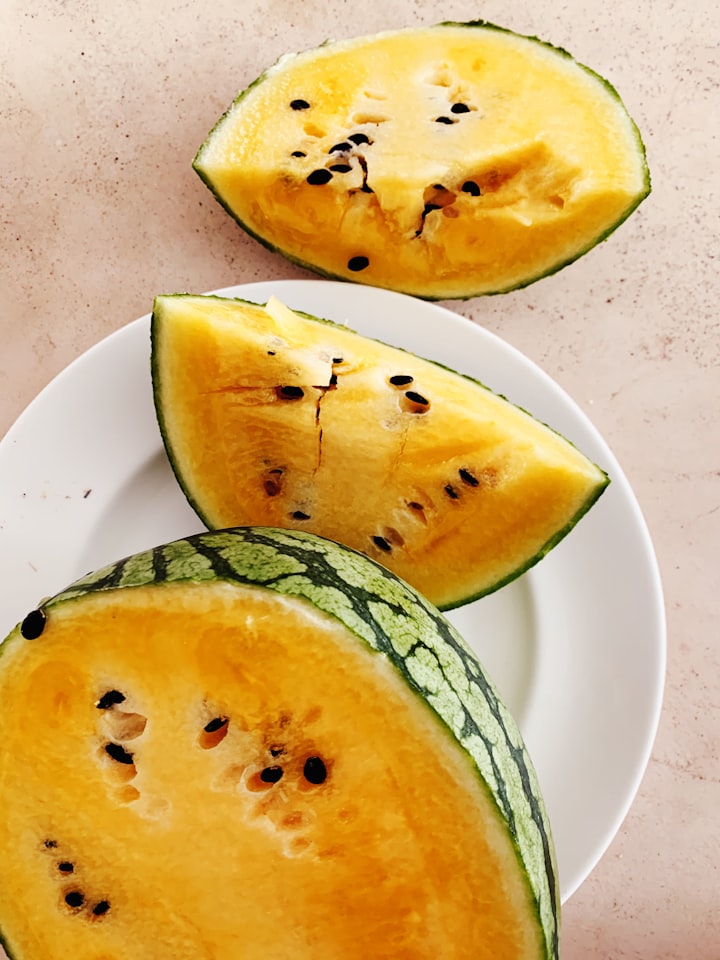the forager's guide to wild foods reviews;; forager's guide to wild foods
Subtitle: Discover the Abundance of Edible Treasures in the Great Outdoors [Scene opens to a lush forest with various plants and trees in view. The camera then zooms in on a person wearing hiking boots and carrying a basket.] Narrator: "Have you ever wondered what hidden treasures lie in the wild? Do you want to know how to forage for delicious and nutritious foods straight from nature?" [The person starts walking and picks up some plants along the way.] Narrator: "Join us on a brand new journey, as we explore the wilderness and uncover the secrets of foraging." [Cut to a shot of the person holding up a plant and examining it.] Narrator: "Our expert forager will guide you through the process of identifying and collecting wild foods." [The camera pans out to show the person moving through the forest and picking different plants and fruits.] Narrator: "From berries and mushrooms to wild greens and roots, we'll show you how to safely and sustainably gather these gifts from nature." [Cut to a shot of the person cooking a meal with the foraged ingredients.] Narrator: "And once we have our bounty, we'll cook up some delicious dishes that showcase the flavors of the forest." [The camera shows various dishes made with the foraged ingredients.] Narrator: "Whether you're a seasoned forager or a curious beginner, this brand new guide to wild foods will open your eyes to the abundance of edible treasures in the great outdoors." [Cut to a shot of the person holding up a basket full of foraged ingredients.] Narrator: "Don't miss Forager's Guide to Wild Foods – coming soon to a screen near you." [Fade to black.]

"The Forager's Guide to Wild Foods" is a book that explores the edible plants and wild foods found in North America. It covers a wide range of topics, including plant identification, harvesting techniques, cooking methods, and nutritional information. The book is geared towards those who are interested in foraging and eating wild foods, as well as those who want to learn more about the natural world around them.
Reviews for "The Forager's Guide to Wild Foods" have generally been positive, with many readers praising its informative content and easy-to-understand writing style. Some reviewers have also noted that the book is well-organized and includes helpful illustrations and photographs to aid in plant identification.
Overall, if you're interested in learning more about wild foods and foraging, "The Forager's Guide to Wild Foods" may be a worthwhile read. However, it's always a good idea to read multiple reviews and do your own research before making a purchase.
A forager's guide to wild foods can be an exciting and rewarding way to explore the natural world around us. Here are some tips to get started:
Learn about the plants and mushrooms in your area: Before you start foraging, it's essential to learn about the plants and mushrooms that grow in your region. You can start by reading books or taking courses on local flora.
Identify edible species: Once you have a basic understanding of the plants and mushrooms in your area, it's important to learn how to identify edible species. You can find identification guides online or in books, and it's always a good idea to cross-reference your findings with multiple sources to ensure accuracy.
Know where to look: Different plants and mushrooms grow in different environments, so it's important to know where to look for specific species. For example, wild berries might grow in open fields, while mushrooms might grow in shaded forested areas.
Know when to harvest: It's important to harvest plants and mushrooms at the right time to ensure their flavor and nutritional content are at their peak. Many species have specific seasons when they are best to harvest, so be sure to research this information for each species you're interested in.
Start small: If you're new to foraging, start with a few easy-to-identify species that are plentiful in your area. As you gain experience and confidence, you can gradually expand your repertoire.
Be mindful of sustainability: It's important to forage sustainably and to not over-harvest any one species. Be sure to leave plenty of plants and mushrooms behind for the next forager, and never take more than you need.
Know your allergies: Before consuming any wild food, be sure to know if you have any allergies to certain plants or mushrooms. It's always a good idea to start with a small amount to ensure you don't have any adverse reactions.
Cook and prepare properly: Many wild foods require special preparation to be safe to eat. Be sure to research the proper ways to cook and prepare each species to ensure they are safe and delicious.
Health Benefits: Wild foods are often more nutritious than cultivated crops, and they contain a wider range of vitamins, minerals, and antioxidants. Foragers can also find foods that are free from pesticides and other chemicals.
Cost Savings: Foraging can be a low-cost way to obtain food. Wild foods are free for the taking, and they don't require any expensive equipment or supplies.
Sustainability: Foraging can be a sustainable way to obtain food, as it doesn't require any resources to be used to produce crops or livestock. Foragers can also help to reduce food waste by utilizing wild foods that might otherwise go unused.
Connection to Nature: Foraging can be a way to connect with nature and learn more about the environment around us. It can also be a fun and enjoyable activity that gets people outside and exploring.
Culinary Diversity: Foragers can discover new and unique flavors by experimenting with wild foods. These foods can be used in a variety of dishes and can add a distinctive touch to any meal.





Comments
There are no comments for this story
Be the first to respond and start the conversation.